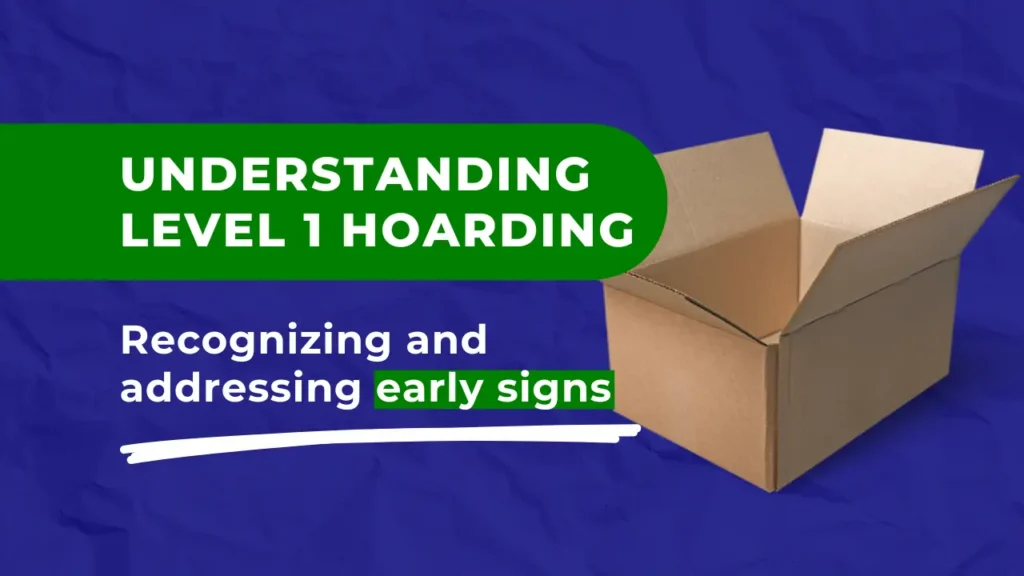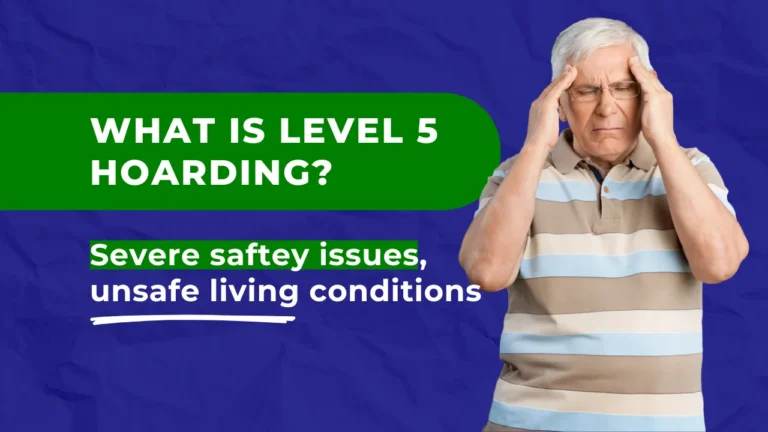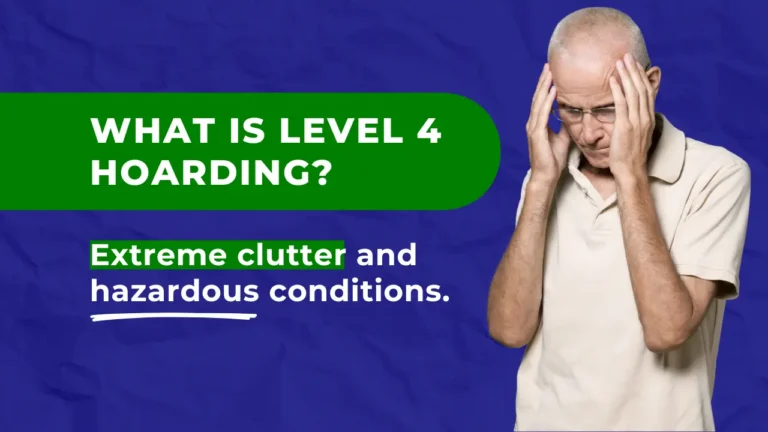You’ve been away from Hamilton for years, and your only contact with your elderly mother has been via phone call and FaceTime. Now you’ve moved back, and can’t wait to see her again. However, when you walk into her house, the sight that greets you makes you wonder if you should have been back sooner.
Piles of old newspapers and magazines are stacked high on the coffee table, fighting for place with an army of shopping bags stuffed with new clothing, crafting supplies, and other purchases. An assortment of knick-knacks, many of them broken, cover the mantelpiece, end tables, and other surfaces. You try to hide your concern as you move carefully around the room.
“Mom, it looks like you have a lot of things here,” you say gently, trying not to sound accusatory. It’s not as bad as what you’ve seen on Hoarders or Hoarding: Buried Alive but you know that hoarding is a slippery slope: Level 1 hoarding today, Level 5 tomorrow.
“Oh, these?” she responds, waving her hand dismissively. “They’re just things I might need someday. You never know when you’ll need a good recipe or an interesting article.”
You nod but you’re still worried. “I get that, but it seems like it’s getting a bit hard to move around in here. Do you think we could maybe go through some of this stuff together?”
She looks around, a hint of defensiveness in her tone. “I suppose, but it’s all important to me. I can’t just throw things away.”
If you recognize these signs in someone you care about, it’s important to approach the situation with empathy and understanding. Hoarding is often linked to deeper emotional issues, and those struggling with it need support, not judgment. In this blog, we go over how to recognize Level 1 hoarding and what you can do to help.
Definition of Hoarding
Hoarding is more than just collecting or having a cluttered home. It is a recognized mental health disorder characterized by the persistent difficulty in discarding or parting with possessions, regardless of their actual value. This behaviour often results in the accumulation of items that can clutter living spaces and pose a health and/or safety risk.
The main symptom of hoarding disorder is the overwhelming urge to save items and the distress associated with discarding them. People with hoarding disorder may feel a strong emotional attachment to their possessions or believe that they will need them in the future. This can lead to a huge accumulation of belongings, making it difficult to use rooms for their intended purposes. For example, beds may become buried under piles of clothes, and kitchens might be so cluttered that cooking becomes impossible.
Hoarding often stems from deep-seated emotional and psychological issues. While poor housekeeping may result from a lack of time or motivation, hoarding is driven by emotional attachment to items and anxiety about discarding them. The tendency to hoard can also be influenced by upbringing and learned behaviours- children who grow up in cluttered environments may develop similar habits.
The Clutter Hoarding Scale
The Clutter Hoarding Scale is a tool used to assess the degree of hoarding behaviour. It ranges from Level 1 to Level 5, with Level 1 being the least severe. Understanding where a loved one falls on this scale is essential for recognizing the early signs of hoarding disorder and taking appropriate action.
- Level 1: Low Severity: At this level, the home is generally neat and organized with minimal clutter. Any disorganization is minor and does not interfere with the use of rooms. Housekeeping is regularly maintained, and there are no noticeable health or safety hazards.
- Level 2: Mild Severity: At Level 2, clutter begins to accumulate. Items might be scattered or piled in certain areas, but movement through the house is still possible. There may be some minor housekeeping issues, such as dust or dirt, and occasional difficulty in keeping up with cleaning tasks.
- Level 3: Moderate Severity: Level 3 shows more pronounced signs of clutter and disorganization. Key living spaces, such as kitchens or bathrooms, may be partially blocked by clutter, making them less usable. Housekeeping is noticeably neglected, leading to hygiene issues, and there may be an increase in the presence of pests.
- Level 4: High Severity: At Level 4, the clutter is extensive and affects most areas of the home. Rooms are difficult to move through, and important living spaces are unusable. There may be noticeable odors and an increased risk of pest infestations.
- Level 5: Extreme Severity: Level 5 represents the most severe stage of hoarding. The home is overwhelmed with clutter, making it nearly impossible to move through. Essential areas such as kitchens, bathrooms, and bedrooms are entirely obstructed. Housekeeping is nonexistent, and the living conditions are extremely unsanitary.
For those at the lower levels of the scale, support might include professional organizing services, decluttering plans, and regular cleaning schedules. At higher levels, more intensive interventions are necessary, including mental health support, specialized cleanup services, and coordination with local authorities if needed.
What is Level 1 Hoarding?
Level 1 hoarding is the least severe level on the Clutter Hoarding Scale. It is often unrecognized by both the hoarder and outside observers because it closely resembles normal clutter. However, understanding the subtle differences is key to early intervention.
A Level 1 hoarder typically shows behaviours and characteristics that are not immediately alarming but can be indicative of developing hoarding tendencies. These may include difficulty parting with redundant items, such as having an excessive number of similar items like multiple forks. Emotional attachment and anxiety related to discarding items are also common.
What Does Level 1 Hoarding Look Like?
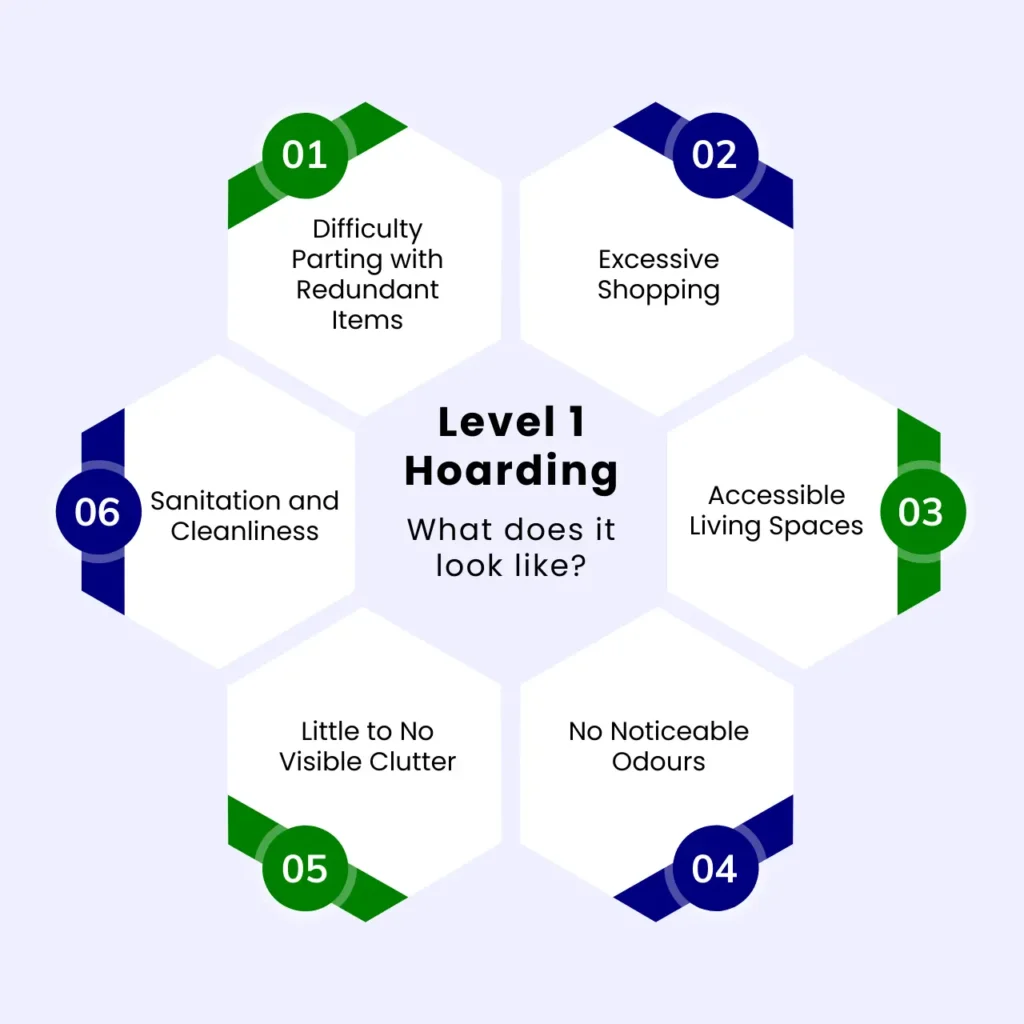
Difficulty Parting with Redundant Items
A Level 1 mild hoarder might struggle with letting go of redundant items, leading to a buildup of clutter. For instance, they may have an excessive number of kitchen utensils, such as multiple forks, knives, or spoons. The emotional attachment to these items and the anxiety related to discarding them are early markers of hoarding behaviour. Stage 1 hoarders may hold on to items “just in case” they might need them in the future, despite their redundancy.
Excessive Shopping
People at this stage might frequently purchase items they already own or do not need, which contributes to clutter and potential financial strain. This behaviour is often driven by the fear of running out or the perceived value of having these items available. They also might feel a sense of comfort or security in acquiring new things, even if those items are unnecessary.
Accessible Living Spaces
Despite the clutter, living spaces remain accessible at Level 1. Stairs, doors, and windows are not obstructed and fire safety concerns are minimal, as there are clear paths for evacuation. The home may appear cluttered but remains comparatively liveable.
No Noticeable Odours
At this stage, basic cleanliness and sanitation are maintained. There are no pervasive odours from trash, spoiled food, or animal waste and regular cleaning routines are still in place, preventing the home from becoming unsanitary.
Little to No Visible Clutter
Surfaces and walkways are generally clear and storage spaces, though full, are organized. This can make Level 1 hoarding harder to identify, as the clutter is not immediately apparent to an outsider. Items are often stored in drawers, closets, or other out-of-sight areas, giving the appearance of a tidy home.
Sanitation and Cleanliness
Functional toilets and drains, clean floors, and controlled animal waste are characteristics of a Level 1 hoarder. These individuals maintain a level of cleanliness that prevents health hazards. Regular cleaning and maintenance ensure that the home remains a safe and healthy environment, despite the presence of excess items.
Tips for Managing Level 1 Hoarding
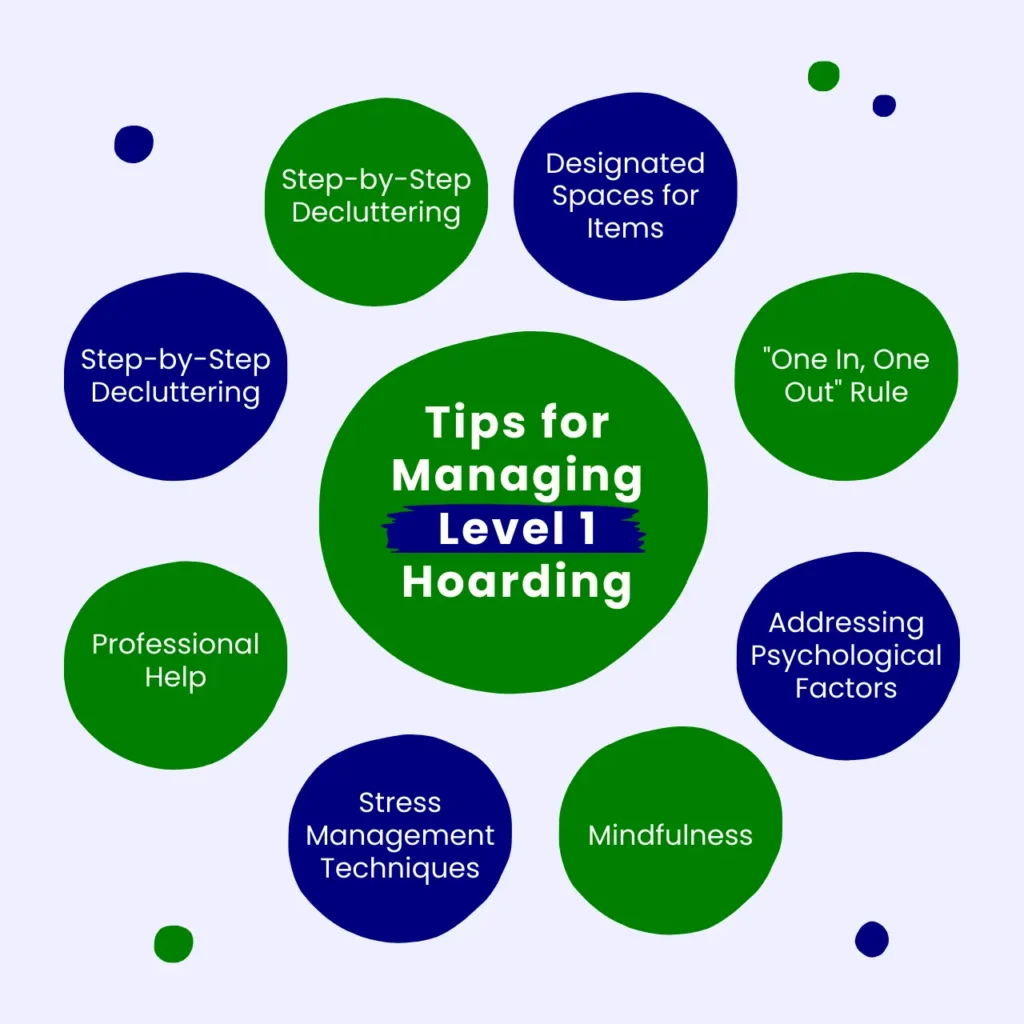
Managing Level 1 hoarding involves practical strategies that can help keep the clutter under control. They include but may not be limited to the following recommendations.
Step-by-Step Decluttering
A step-by-step approach to decluttering and organizing can make the process more manageable. Start small by focusing on one area at a time, such as a single drawer, a closet, or a specific room. Breaking the task into smaller, achievable goals prevents it from becoming overwhelming and provides a sense of accomplishment as each section is completed.
Designated Spaces for Items
Creating designated spaces for items can help keep things organized. Assign specific places for different categories of items, such as kitchen utensils, clothes, or papers. Labeling these spaces can also be helpful. This practice ensures that everything has a place and makes it easier to find and store items properly.
“One In, One Out” Rule
Implementing a “one in, one out” rule can prevent the accumulation of unnecessary items. For every new item brought into the home, one existing item should be discarded or donated. This rule helps maintain a balance and prevents clutter from building up over time.
Addressing Psychological Factors
Understanding and addressing the underlying psychological factors contributing to hoarding is important for long-term management. Encouraging positive habits and coping mechanisms can support change while techniques such as mindfulness and stress management can make a difference. These practices help the person become more aware of their attachment to items and develop healthier ways to cope with anxiety or stress.
Mindfulness
Mindfulness involves being present and fully engaged in the current moment. Practicing mindfulness can help someone recognize and understand their emotional attachment to possessions. It can also reduce the anxiety associated with letting go of items.
Stress Management Techniques
Stress management techniques can help a person cope with the anxiety and stress that often accompany hoarding behaviour. Activities such as exercise, yoga, or engaging in hobbies can reduce stress levels. Seeking support from friends, family, or support groups can also provide emotional relief and encouragement.
Professional Help
In many cases, seeking professional help from a therapist or counselor can be beneficial. Cognitive-behavioural therapy (CBT) is often used to treat hoarding disorder, as it can help a person change their thought patterns and behaviours related to hoarding. A professional can provide strategies and support to address both the physical and emotional aspects of hoarding.
Support Systems
Building a support system can make managing hoarding behaviour easier. Family members, friends, or support groups can offer encouragement, assistance, and accountability. Sharing progress and challenges with others can provide motivation and help a person stay on track with their decluttering goals.
Help for Level 1 Hoarding is Available in Hamilton
Recognizing and addressing Level 1 hoarding is key to preventing the escalation of hoarding behaviours. If you or someone you know is struggling with hoarding, don’t hesitate to seek help and take the first step towards a clutter-free life. At WeMove-It.com, we offer award-winning expert hoarding services. Our team is known for its efficiency and compassion and we handle every cleanup with care and respect. Don’t wait to get the help you need—contact us today to start your path to a cleaner, safer home.
